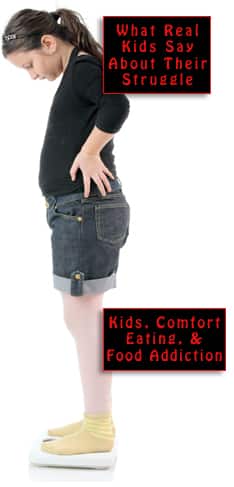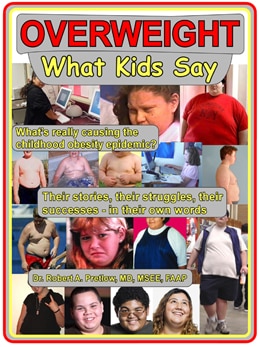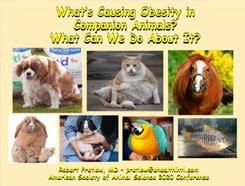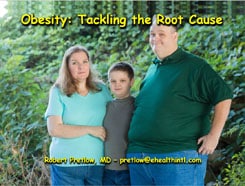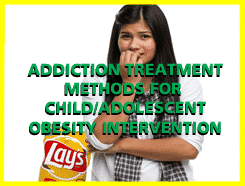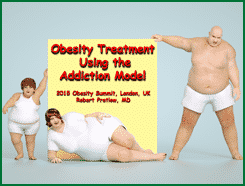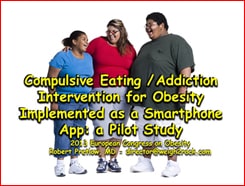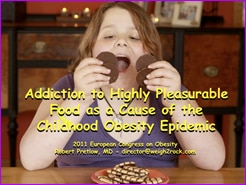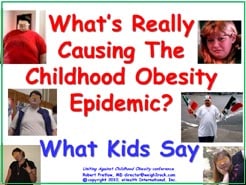Does Light Make Us Heavy?

A very comprehensive 2010 article by Angela Spivey, published in the journal Environmental Health Perspectives, traced the history of the idea that interrupted sleep makes it easier for the body to store fat and harder to eliminate it. Research published in 2006 revealed that “women who reported sleeping 5 or fewer hours per night were at greater risk for weight gain and in general weighed more compared with women who slept 7-8 hours per night.”
Three years later, the publication Obesity Reviews devoted an entire special issue to the role played by circadian biology in the body’s metabolism and especially in the advent of obesity. It pointed out how some studies indicate that the total amount of sleep may not be the major factor, but rather the amount of time spent in the different stages of sleep — known as a person’s sleep architecture. In the same year, others used the science of polysomnography to discover that men who got less slow-wave sleep (the deepest stage) were more prone to obesity.
Are we dumber than plants?
Part of the lore of home-based cannabis grow-rooms is that the plants’ night must not be interrupted by light for even a second. Yet humans habitually expose ourselves to light and activity (and food) at the times when every cell and organ inside our bodies expect quiet, dark, and sleep.
Studies in the areas of both sleep and epidemiology show that insufficient, interrupted, and randomly scheduled sleep is an independent risk factor for weight gain and other metabolic disorders. Metabolic syndrome, Spivey notes, includes “a variety of symptoms that can lead to heart disease, stroke, or diabetes, including high triglycerides and cholesterol, hypertension, insulin resistance, and glucose intolerance.”
The message is difficult to convey to the public because scientists are still not exactly sure how it all works. When genetic factors are involved, the picture becomes even more complicated. But even though all the connecting dots have not yet been pinpointed, the connection cannot be ignored or denied. According to the study:
When most people speak of the circadian clock, they think of the central clock in the brain, located in the suprachiasmatic nucleus of the hypothalamus. But over the last 20 years, scientists have learned that almost all cell types — including fat cells, heart cells, and liver cells — have clock mechanisms, too.
[T]hese peripheral clocks can be entrained by (that is, changed to align with) environmental cues other than light, such as eating and activity. Moreover, exposure to these cues at times when they aren’t “expected” by the body may lead to obesity and related health effects.
Spivey’s article, “Lose Sleep, Gain Weight: Another Piece of the Obesity Puzzle,” describes the highlights of very many important studies that built up this body of knowledge, and includes sophisticated graphics.
A fascinating watch
“The City Dark” is a documentary film released a decade ago that Dr. Pretlow found powerfully interesting, saying, “It looks at how pervasive light pollution is in our modern life and how it is messing with nature and our ‘human’ sense of self.” Night-shift workers are twice as likely to develop breast cancer as day-shift workers, and apparently, light pollution is the connective tissue.
Could there be an obesity connection? Dr. Pretlow wondered at the time if shifts in light could negatively influence eating behavior, and even somehow promote addiction.
Your responses and feedback are welcome!
Source: “Lose Sleep, Gain Weight: Another Piece of the Obesity Puzzle,” NIH.gov, January 2010
Image by Brett Wood/CC BY-SA 2.0










 FAQs and Media Requests:
FAQs and Media Requests: 